Welcome to our comprehensive guide on Fluid-Structure Interaction (FSI)! If you’re looking to understand how fluids and solids interact in engineering systems, you’re in the right place. FSI is one of the most important topics in modern CFD simulations and engineering analysis.
Contents
ToggleBefore going further, we invite you to explore our practical FSI tutorials. These hands-on projects will help you master fluid-structure interaction simulations using real examples.
What is Fluid-Structure Interaction (FSI)?
Fluid-Structure Interaction (also known as FSI or fluid-solid interaction) happens when a flowing fluid affects a solid structure, and the structure moves or deforms in response. Moreover, this movement changes how the fluid flows, creating a two-way interaction. This back-and-forth exchange between fluids and solids is what makes FSI so fascinating and important. Let’s break this down into simple terms. Imagine a flag waving in the wind. The wind (fluid) pushes the flag (structure), making it move. As the flag moves, it changes how the wind flows around it. This is a perfect example of fluid-structure interaction in everyday life.
In any FSI simulation, three main things happen:
- The fluid flows and creates forces on the solid structure
- The structure responds by moving, bending, or deforming
- The movement changes how the fluid flows, and the cycle continues
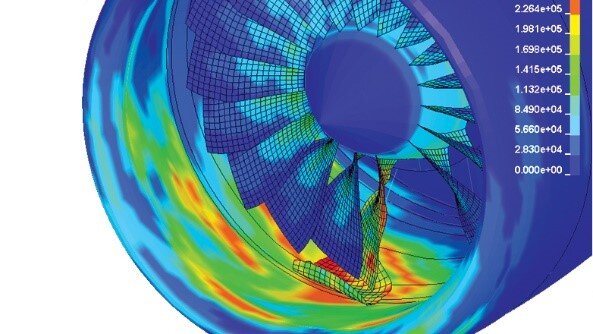
Figure 1: Fluid-Solid Interaction of a jet propeller using ANSYS tools
Furthermore, fluid-structure interaction is everywhere around us. Your heart valves opening and closing with blood flow? That’s FSI. An airplane wing bending slightly during flight? That’s FSI too. Even the simple act of swimming involves fluid-solid interaction between your body and the water.
Understanding fluid-structure interaction is crucial for many reasons. First, it helps engineers design safer structures. For example, bridges must withstand wind forces without dangerous vibrations. Second, FSI analysis improves product performance. Modern wind turbines use FSI simulations to maximize energy production while minimizing stress on blades.
Without considering fluid-structure interaction, many engineering designs would fail or perform poorly. That’s why FSI has become an essential part of modern engineering analysis.
At its core, FSI combines two fields of physics:
- Fluid dynamics (how fluids flow)
- Structural mechanics (how solids deform)
When we perform an FSI simulation, we solve equations from both fields simultaneously. The fluid side uses equations like Navier-Stokes to calculate flow patterns and pressures. Meanwhile, the structural side uses equations of motion to determine deformations and stresses.
The key challenge in fluid-structure interaction is the coupling between these two sets of equations. They must exchange information at the interface where fluid meets solid. This exchange happens through:
- Forces: The fluid applies pressure and shear forces on the structure
- Displacements: The structure moves and changes the fluid domain shape
Additionally, this coupling can be weak (one-way) or strong (two-way), which we’ll explore in the next section.
Types of Fluid-Structure Interaction: One-Way vs Two-Way FSI
When engineers work with FSI simulations, they must choose between different types of coupling. The two main types are one-way FSI and two-way FSI. Understanding the difference between these FSI coupling methods is essential for successful simulations.
One-Way FSI
One-way FSI (also called one-way coupling) is the simpler type of fluid-structure interaction. In this approach, the fluid affects the structure, but the structure’s movement doesn’t affect the fluid flow back. Think of it like a one-way street—information flows in only one direction.
Here’s how one-way FSI works step by step:
- First, we solve the fluid flow problem completely
- Then, we take the pressure and forces from the fluid
- Finally, we apply these forces to the structure to see how it deforms
One-way FSI is perfect when the structure’s deformation is small and doesn’t significantly change the fluid flow. For example, in our centrifugal pump impeller FSI simulation, the impeller blades experience fluid forces but their small deformation doesn’t noticeably affect the water flow pattern.
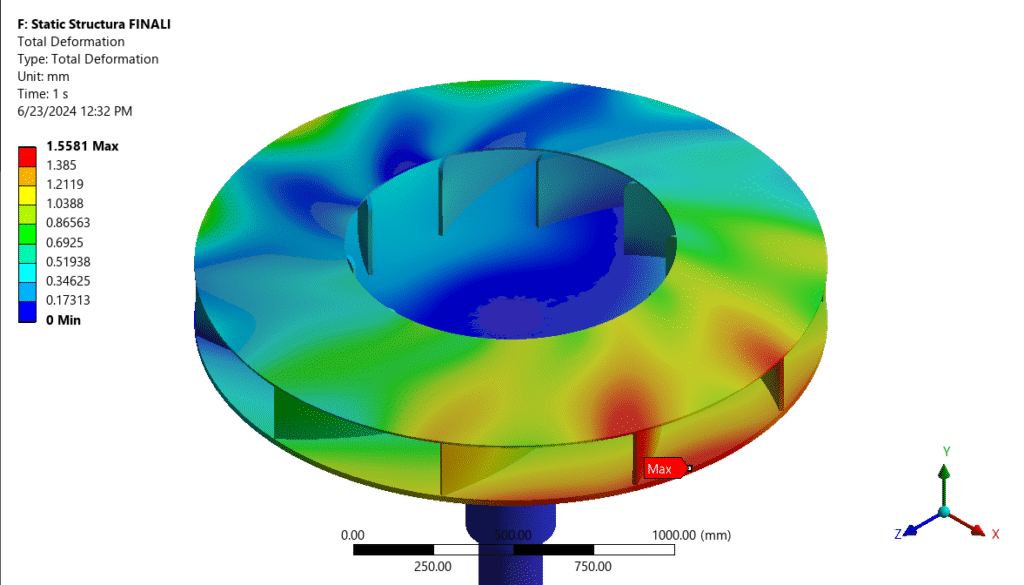
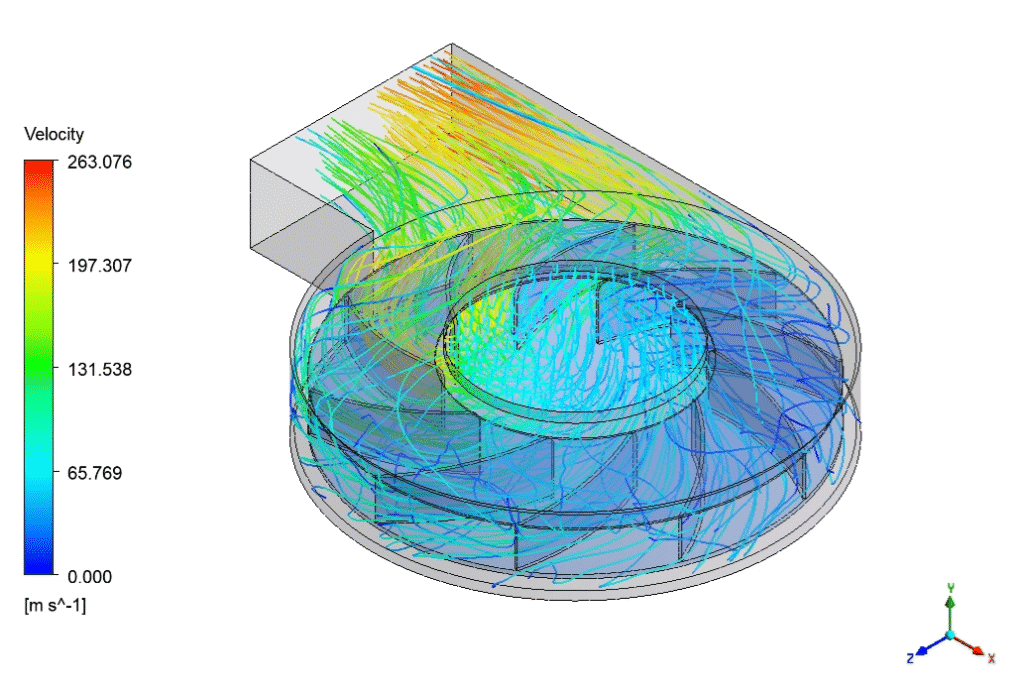
Figure 2: Centrifugal Pump impeller Fluid-Solid Interaction CFD analysis
When to Use One-Way FSI
One-way coupling works well in these situations:
- The structure is very stiff and barely moves
- Deformations are tiny compared to the fluid domain size
- You need quick results for initial design studies
- The focus is on structural stress rather than accurate flow patterns
Moreover, one-way FSI runs much faster than two-way FSI because it solves each physics domain separately. This makes it ideal for preliminary analyses and design optimization studies.
Two-Way FSI
Two-way FSI (also called two-way coupling or strong coupling FSI) captures the complete interaction between fluid and structure. Information flows both ways—the fluid affects the structure, and the structure’s movement affects the fluid. This creates a true coupled system where both physics domains influence each other continuously.
In two-way FSI simulations, the process works like this:
- The fluid solver calculates forces on the structure
- These forces cause the structure to deform or move
- The structural movement changes the fluid domain shape
- The fluid solver recalculates flow in the new geometry
- This cycle repeats until both solutions converge
Our flexible plate FSI tutorial demonstrates perfect two-way FSI. As fluid flows over the flexible plate, it bends. This bending changes the flow pattern, which then changes the forces on the plate. The continuous feedback between fluid and structure is what makes two-way coupling so powerful but also more challenging.
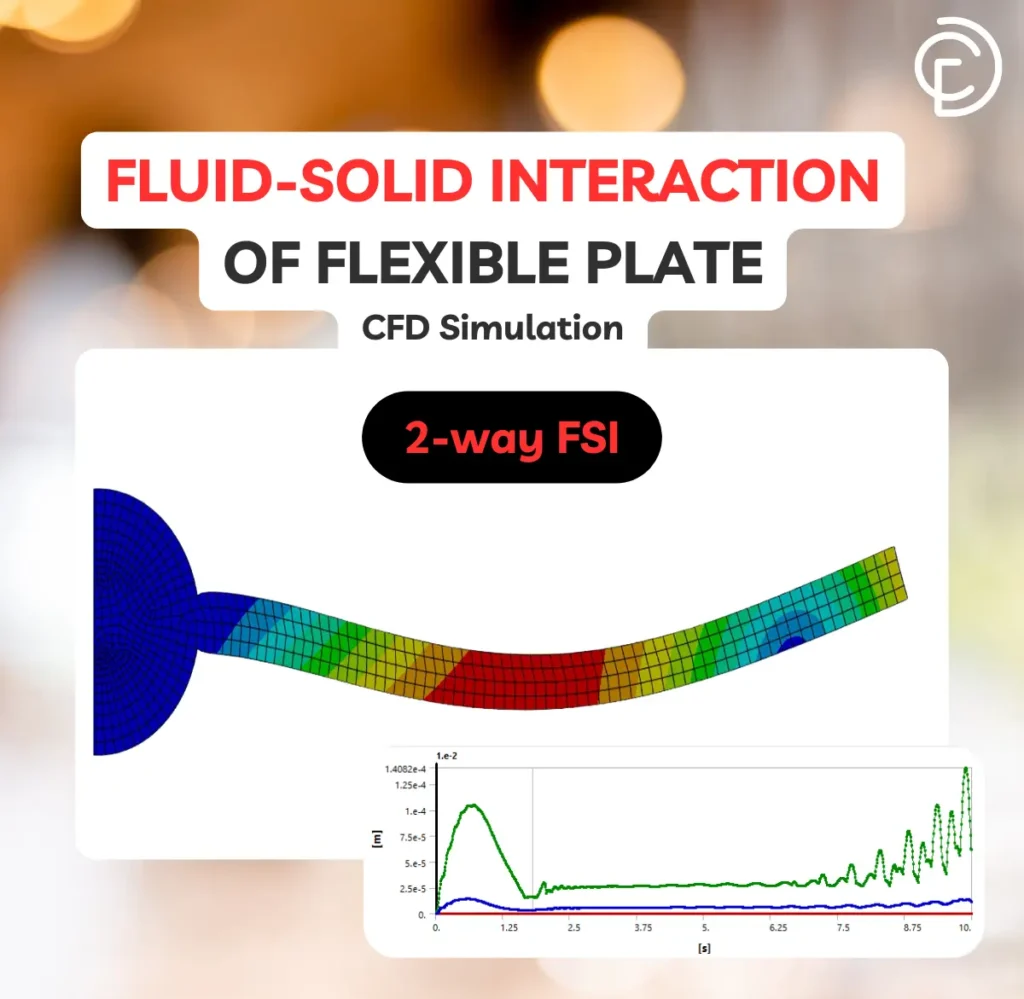
Figure 3: Two-way FSI modeling of a flexible plate fixed from one side
When to Use Two-Way FSI
Two-way FSI is necessary when:
- Large deformations occur that significantly affect fluid flow
- Vibrations or oscillations are important
- Accurate prediction of both fluid and structural behavior is needed
- The structure is flexible or lightweight
- You’re studying phenomena like flutter, vortex-induced vibration, or blood flow in arteries
Furthermore, two-way FSI provides the most accurate results but requires more computational resources and time.
Choosing Between One-Way and Two-Way FSI
Selecting the right FSI coupling method is crucial for your project’s success. Here’s a simple guide:
Choose one-way FSI if:
- Structural deformations are less than 5% of characteristic fluid length
- You need quick results for many design variations
- The main concern is structural integrity under fluid loads
Choose two-way FSI if:
- Deformations are significant (more than 5-10%)
- Dynamic effects like vibration matter
- Accurate flow patterns around deformed shapes are needed
- You’re dealing with soft materials or thin structures
Additionally, you can start with one-way coupling for initial studies and switch to two-way coupling for final validation. This approach balances computational efficiency with accuracy throughout your design process.
Remember, both types of fluid-structure interaction have their place in engineering. The key is choosing the right tool for your specific problem.
Fluid-Structure Interaction Examples and Applications
Fluid structure interaction examples are everywhere in our world. Understanding these FSI applications helps engineers solve complex problems across many industries. Let’s explore the most important fluid-solid interaction cases you need to know.
Biomedical FSI Applications
The human body showcases fascinating fluid structure interaction. Blood flow through heart valves is a critical FSI example—valves must open and close perfectly thousands of times daily. FSI simulation helps doctors design better artificial valves and treatment methods.
Our human eye FSI simulation demonstrates another biomedical application. The aqueous humor (fluid) interacts with the iris (structure), affecting eye pressure and health. Moreover, blood vessels, airways, and even vocal cords all involve complex fluid-solid interaction.
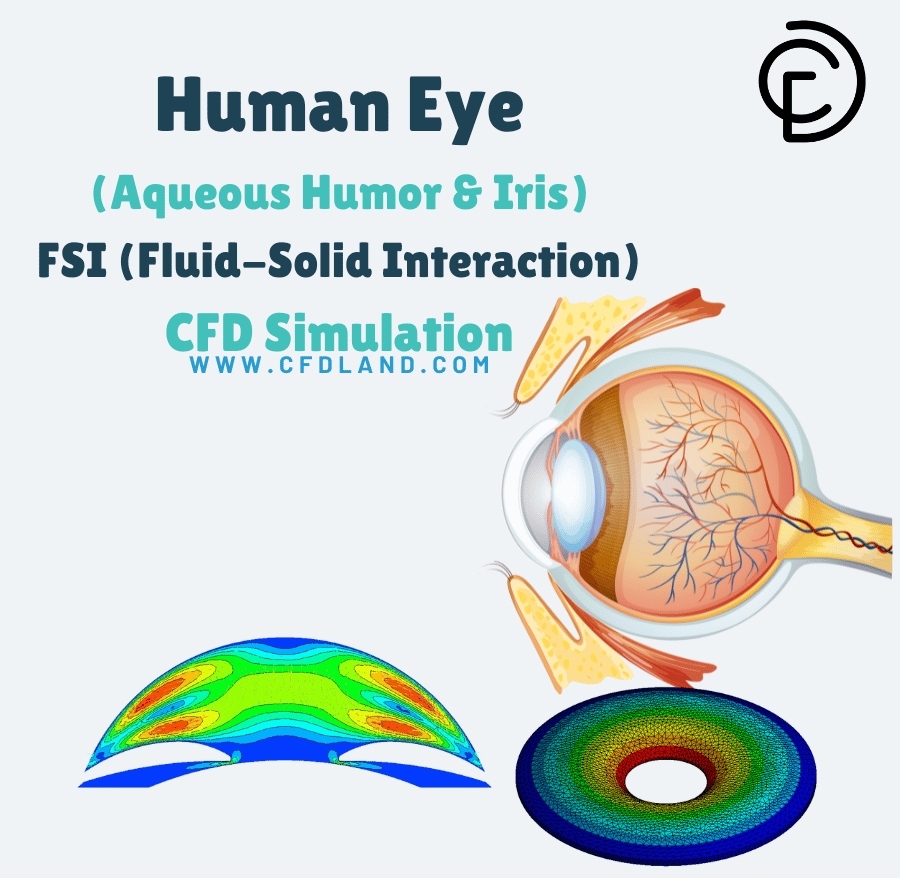
Figure 4: Human Eye FSI CFD coupling
Aerospace and Automotive FSI
Fluid structure interaction in aerospace is crucial for safety. Aircraft wings bend under aerodynamic forces—this FSI must be carefully analyzed to prevent dangerous flutter. Similarly, helicopter blades and propellers experience significant fluid structure interaction during operation.
In automotive engineering, FSI applications include:
- Side mirror vibrations at high speeds
- Windshield wiper performance in rain
- Tire hydroplaning on wet roads
- Engine cooling system efficiency
Modern vehicles use FSI analysis to reduce noise, improve fuel efficiency, and enhance safety.
Energy and Power Generation
Wind turbines are perfect FSI examples in renewable energy. Wind causes blades to rotate and bend simultaneously. This fluid-solid interaction affects power output and blade lifespan. Furthermore, offshore wind turbines face additional FSI challenges from ocean waves.
In traditional power plants, fluid structure interaction occurs in:
- Steam turbine blades
- Cooling tower components
- Heat exchanger tubes
- Pump and compressor impellers
Civil Engineering FSI Applications
Bridges demonstrate dramatic fluid structure interaction with wind. The famous Tacoma Narrows Bridge collapse taught engineers about dangerous FSI effects. Today, all long-span bridges undergo extensive FSI simulation to ensure safety.
Tall buildings also experience significant FSI—they can sway several feet in strong winds. Engineers use fluid structure interaction CFD to design comfortable, safe skyscrapers.
Industrial and Manufacturing FSI
Many industrial processes involve fluid structure interaction examples:
- Heat exchangers: Tube vibrations affect efficiency
- Pumps: Impeller deformation impacts performance
- Valves: Flow-induced vibrations can cause failure
- Pipes: Fluid flow creates forces and vibrations
Our heat press machine FSI analysis shows how thermal and mechanical effects combine in manufacturing equipment. This FSI coupling helps optimize industrial processes.
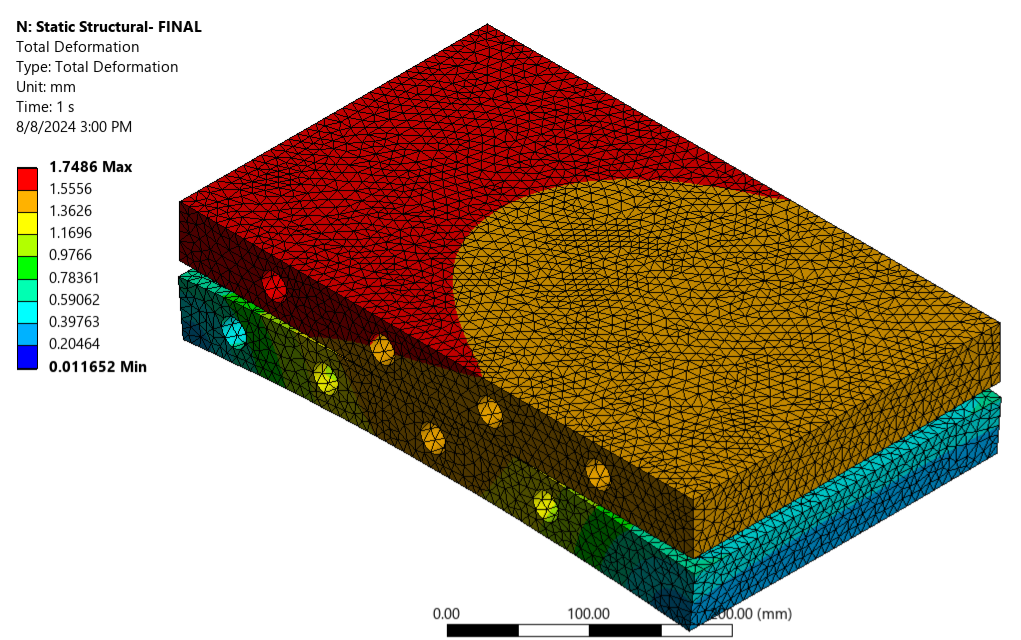
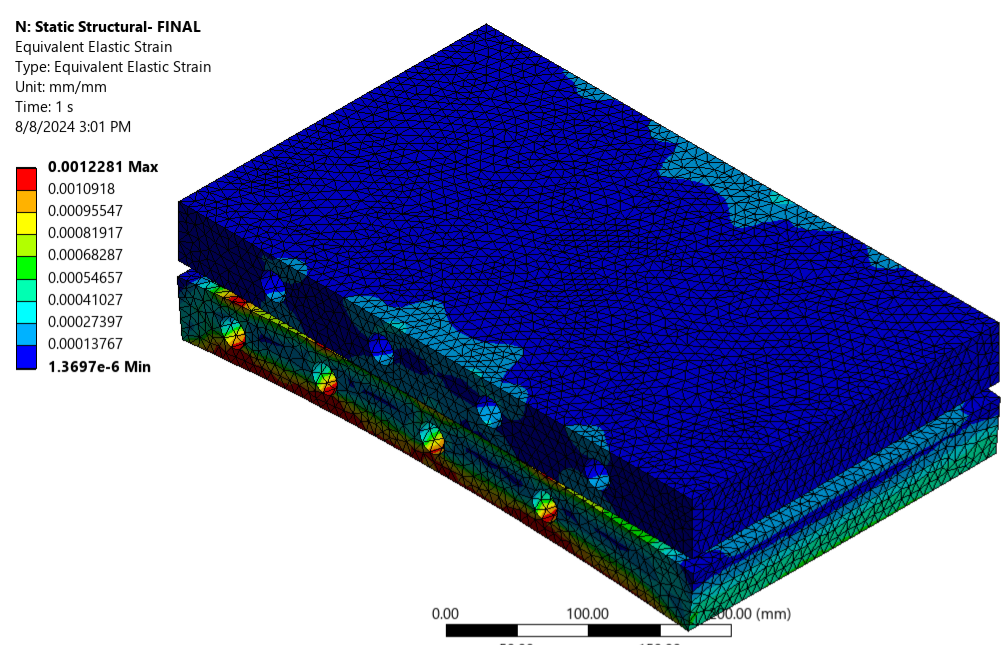
Figure 5: Heat press machine industrial application of CFD FSI modeling
Marine and Offshore Applications
Ships and offshore structures face unique FSI challenges. Ocean waves create forces on:
- Ship hulls and propellers
- Offshore platforms and risers
- Submarine periscopes and control surfaces
- Underwater cables and pipelines
Moreover, fluid structure interaction affects vessel stability, propulsion efficiency, and structural fatigue life.
Common FSI Phenomena Across Applications
Several FSI effects appear in multiple industries:
- Vortex-induced vibration: Fluid flow creates alternating forces
- Flutter: Self-excited oscillations that can destroy structures
- Water hammer: Pressure waves in pipes cause structural stress
- Cavitation: Bubble collapse damages pump and propeller surfaces
Understanding these common fluid-solid interaction phenomena helps engineers prevent failures across all applications.
How Does FSI Simulation Work? The Coupling Process
Understanding how FSI simulation works is key to solving fluid-structure interaction problems. The FSI coupling process connects fluid dynamics with structural mechanics to create accurate predictions. Let’s explore this process in simple terms.
FSI coupling methods transfer information between fluid and structural solvers. This happens at the interface where fluid meets solid. The basic FSI simulation process follows these steps:
- Fluid solver calculates pressure and shear forces on the structure
- These forces transfer to the structural solver
- Structural solver computes deformation and displacement
- Mesh updates to reflect the new shape
- Process repeats until convergence
Furthermore, successful FSI analysis requires careful attention to:
- FSI boundary conditions at the fluid-structure interface
- FSI mesh deformation techniques
- FSI convergence criteria
However, modern FSI software like FSI in ANSYS provides tools to overcome these challenges. Understanding these tools helps engineers create reliable FSI simulations.
Fluid-Structure Interaction in ANSYS
ANSYS software has the capability to model fluid flow with all details and complexities, including heat transfer and turbulence equations, using the finite volume method through its computational fluid dynamic tool called Fluent. Additionally, ANSYS offers a solid behavior simulation tool using finite element analysis named ANSYS Mechanical. Considering Fluid-Structure Interactions in modeling involves accounting for the mutual influence between fluid flow and solid structures. In ANSYS, FSI simulation is conducted in two ways:
- One-way FSI Simulation: In this simulation model, Fluent results are transferred to ANSYS Mechanical, and the effect of fluid flow on the structure is calculated. However, the effect of changes in the structure on fluid flow is not considered.
- Two-way FSI Simulation: In this simulation model, the results of Fluent and ANSYS Mechanical are exchanged between each other, and both perform simulations in parallel, accounting for mutual influences on fluid flow and structure. These bidirectional effects are considered. However, these calculations are typically very computationally intensive and time-consuming.

At CFDLAND, our experts conduct various types of FSI simulations, whether one-way or two-way simulations, with high accuracy and speed. With deep expertise in fluid phenomena and solid mechanics, we assure you of the exceptional quality of our simulation work. Place your project orders with us at Order CFD Project. We also invite you to browse through our ready-made projects at CFDSHOP.

Deformation of blades of a turbomachine, simulated with ANSYS Mechanical
Conclusion
We’ve explored the fascinating world of fluid-structure interaction and how FSI impacts engineering design. From one-way FSI to two-way FSI coupling, you now understand the fundamental concepts of fluid-solid interaction.
Key takeaways:
- FSI simulation combines fluid dynamics with structural mechanics
- Choose the right FSI coupling method for your problem
- FSI applications exist in every industry—from aerospace to biomedicine
- Modern FSI software like ANSYS makes analysis accessible
Ready to start your FSI analysis? Explore our comprehensive FSI tutorial collection for hands-on practice. Moreover, remember that fluid-structure interaction is everywhere around us. Understanding FSI helps you design better products and solve complex engineering challenges.
Whether you’re studying FSI vibration, analyzing FSI biomechanics, or designing with FSI CFD, the principles remain the same. Start simple and gradually tackle more complex fluid-structure interaction problems.
The future of engineering depends on mastering interactions like FSI. Now you have the knowledge to begin!

